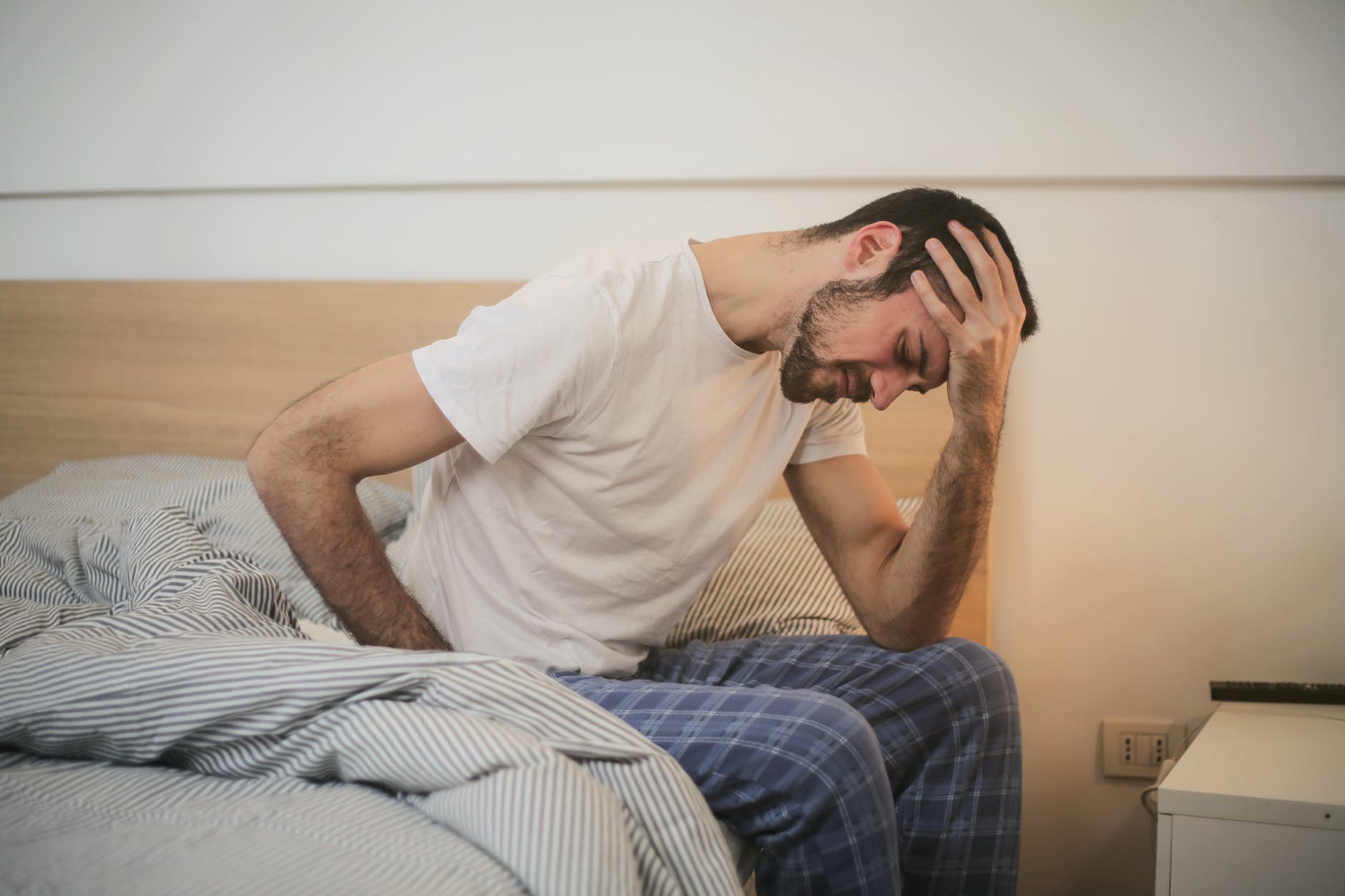
Back Pain
Back Pain can be a source of discomfort for some and extremely debilitating for others. Thankfully there a number of strategies from NQ Physio Townsville and other professionals that can help reduce your lower back pain.
To get us started let’s look at the various causes of lower back pain. Back pain can be related to a number of different factors
Back pain is a common problem that affects millions of people worldwide. The good news is that there are various back pain solutions available to treat this debilitating condition. If you are one of the many people who suffer from back pain, then it’s important to know the steps you can take to manage and alleviate your symptoms.
Muscle Related Injuries
Tight muscles are a leading cause of back pain, tight muscles can often feel sore and uncomfortable and when placed under a great amount of stress can even seize up resulting in pain and a restricted range of movement. Other muscled-related injuries include strains, cramps and fibromyalgia.
Bone Related Injuries
Bone-related injuries can be serious injuries causing significant amounts of pain in the lower back. Sometimes these injuries can be mistaken for muscle-related injuries as the injury to the bone also results in significant strain being placed on the surrounding muscles. Bone related injuries include:
– Stress fractures*
– Osteoporosis
– Scoliosis
– Spinal Stenosis
– Spondylosis
*Stress fractures can be caused by significant repeated strain on the bones in the body. These can start out with a little discomfort but if not identified early and managed correctly can result in significant pain and rehabilitation.
Other injuries include:
Disc Related Injuries (e.g bulging or slipped disc)
Back Joint Injuries (Facet Joint Pain)
Nerve Related Injuries (Pinched Nerve, Sciatica)
Systemic Disease (Rheumatoid Arthritis)
Back Injuries in Youth’s
Teenagers can also be particularly vulnerable to back pain and injury as they are experiencing rapid rates of growth and possess high flexibility whilst lacking muscle strength and posture control. Although lumber back injuries result in less than 10% of sports related injuries, sports such as cricket, gymnastics and tennis have an increased number of twisting motions involved and as a result increased back injury.
Treatment of Back Pain
Stage 1 – Assessment
The first stage in treating back pain relies upon a diagnosis to direct the ensuing course of treatment. With accurate diagnosis and treatment, most back pain is able to be significantly reduced and improvements are seen in the client’s quality of movement and physical wellbeing. You need consult with spine doctors in order to reduce your back pain.
Tools that are used by physiotherapists to diagnose injuries include functional movements tests, understanding the symptoms and causes of pain, and assessing the stability and function of joints. If the more thorough diagnosis is required a physiotherapist may refer their patient to a specialist doctor or for more detailed imaging such as MRI or X-Ray.
Stage 2 – Rehabilitation
Once a physiotherapist has determined the type and extent of injury, they can begin the rehabilitation phase. This aims to gradually incorporate increasing movement exercises and loads to improve the level of pain in the lower back and quality of movement. These can include strengthening exercises to address muscle atrophy or imbalances as well as flexibility exercises to increase the range of motion. Other aspects within the rehabilitation phases can include treatments such as massage, joint mobilization, and dry needling to relieve muscle pressure and increase blood flow.
Stage 3 – Graduation
The patient will be able to graduate from their rehabilitation protocols when they are free of pain and deemed to have an acceptable range of motion and musculoskeletal function. Once this has been achieving, they no longer require treatment and should be able to carry out their daily life free from pain.





